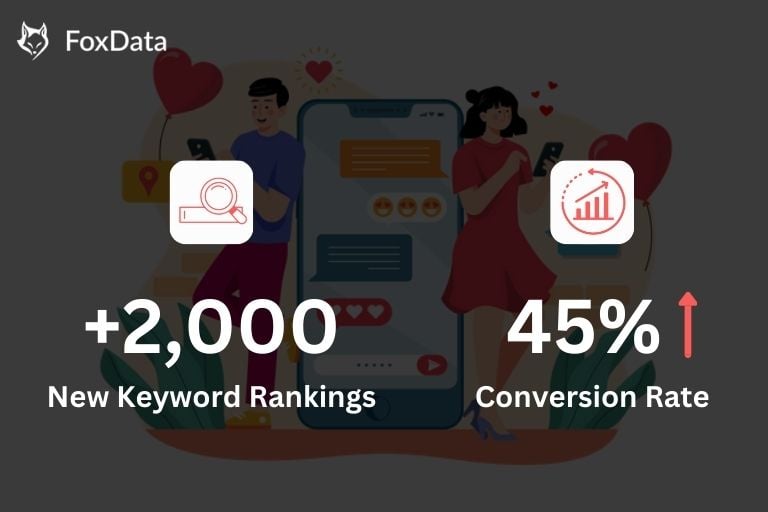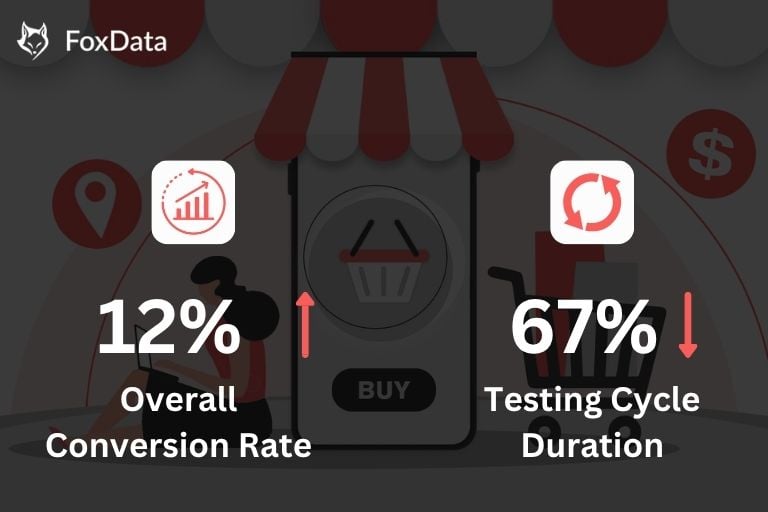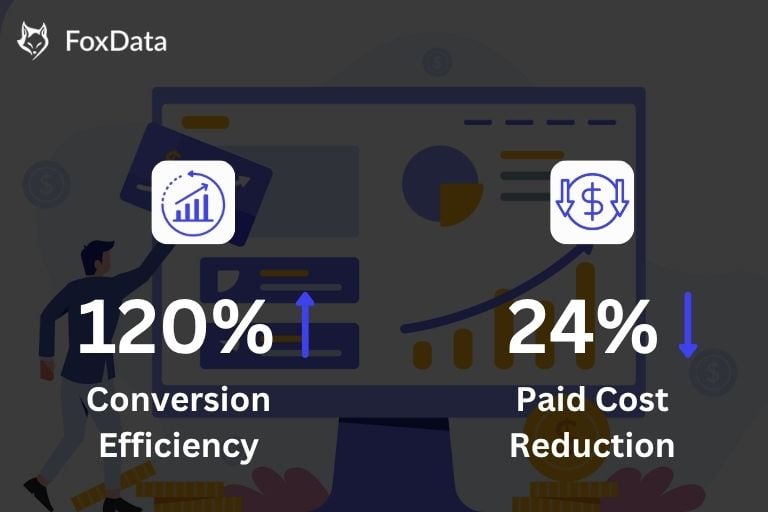How FoxData Slashes UA Costs of Large Machinery Company by 78% and Boosts Inquiries in Europe and America
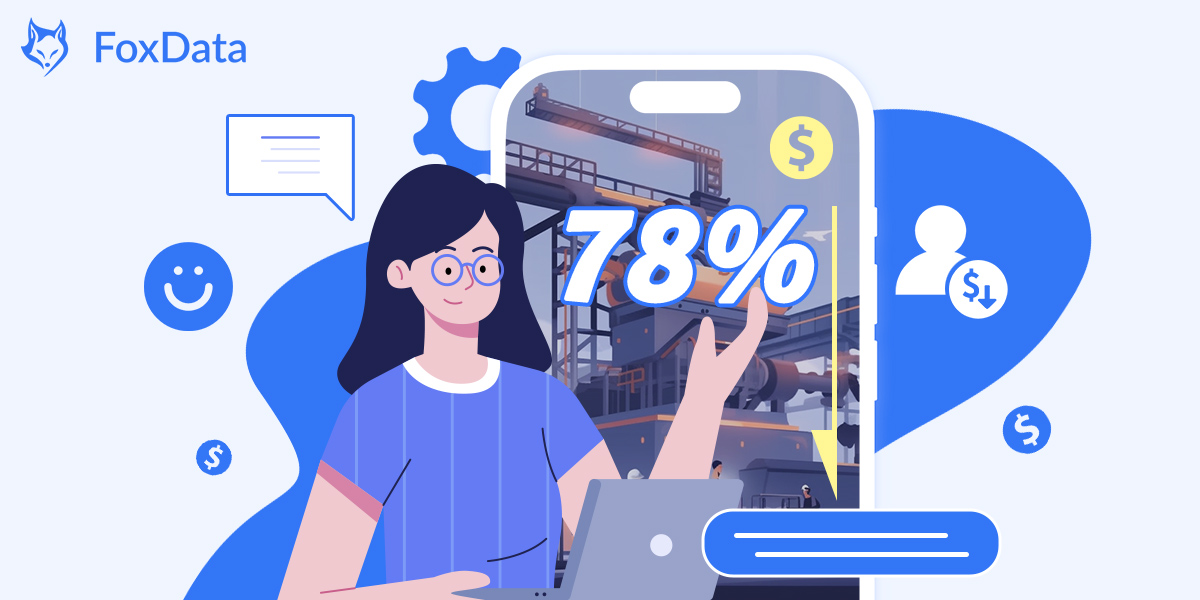
In an era where traditional marketing approaches are losing their efficacy, businesses are compelled to innovate or risk being overshadowed by more agile competitors. This case analysis delves into the journey of a leading manufacturer of large machinery, which, amidst the challenges of escalating customer acquisition costs and stagnant inquiry volumes, revolutionized its marketing strategy. By embracing a suite of digital marketing techniques with FoxData, the company not only overcame the inherent challenges of the highly competitive European and American markets but also set a new benchmark for success in the B2B sector.
Client Overview
Our client is a leading enterprise specializing in the production and sales of large machinery, with products widely used in the industrial and construction sectors. Faced with diminishing returns from traditional foreign trade promotion methods, the company urgently needed to explore new marketing strategies through other channels to reduce customer acquisition costs and increase inquiry volume, especially in the highly competitive European and American markets.
Challenges
On the path to transformation, the client faced the following main challenges:
- High Customer Acquisition Cost: The cost of traditional foreign trade promotion methods continued to rise, impacting the company's profit margins.
- Insufficient Inquiry Volume: Traditional channels struggled to reach enough potential customers, limiting business growth.
- Intense Market Competition: In the context of globalization, there were many competitors in the same industry, especially in the quality-conscious European and American markets.
Solutiuons
Facing the client's challenges, we designed a comprehensive and specific digital marketing strategy aimed at maximizing the brand's market impact and optimizing marketing ROI. Below are our strategies and implementation steps:
Brand Exposure
-
Multi-Platform Advertising: We placed targeted display ads not only on industrial B2B platforms like ThomasNet and DirectIndustry but also extended to B2B social media platforms like LinkedIn, Facebook, and the Google Display Network, ensuring that the brand appeared at various touchpoints of potential customers.
-
Content Marketing: By publishing industry-related white papers, case studies, and blog articles, we aimed to educate and attract target customers while also enhancing the brand's industry authority.
-
Video Marketing: We produced educational and entertaining video content showcasing product use cases and customer testimonials, promoted through video platforms like YouTube and Vimeo.
Keyword Optimization
-
Search Engine Optimization (SEO): We conducted in-depth SEO optimization for the website, ensuring all product pages were optimized for relevant long-tail keywords to improve organic search rankings. Large machinery websites usually provide information on a variety of machinery equipment and related services. Long-tail terms help a website to be optimized for a specific piece of machinery or service, making it easier to be found by relevant users in search engine results. These long-tail terms often contain more specific descriptions to meet specific user needs.
👏Expert Tip:
Long-tail terms are usually more closely matched to a user's specific needs. When users search in search engines using long-tail terms, they usually have already defined their needs and want to find more specific results. By optimizing for long-tail terms, a website can better meet the user's intent and provide more relevant content, thereby increasing user satisfaction and website credibility.
Our team uses Keywords Explore to choose the right long-tail keyword. Combined with Keywords Ranked to make keywords strategy, which provides Search Volume, Search Results feature that keep you updated on market trends.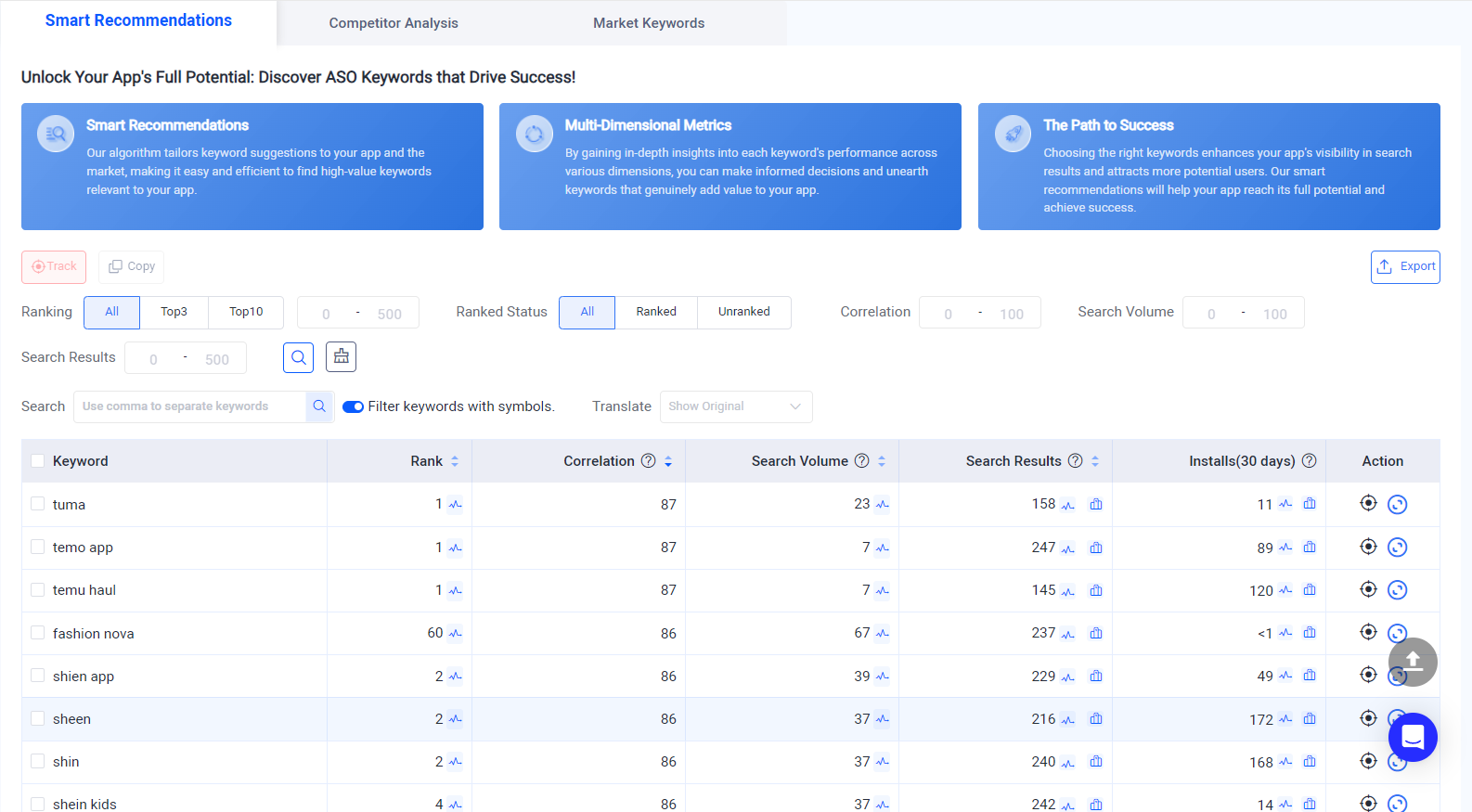
👉Related blog: 4 Tips to Choose the Right Keywords for SEO. -
Keyword Research: We regularly conducted keyword research to track industry trends and changes in customer needs, adjusting our keyword strategy accordingly.
If you want to do keywords research by your own, why not check this blog 👉 How to Perform ASO Keyword Research and Boost Your App's Visibility. Or you can try our tool directly.
Remarketing Strategy
-
Personalized Ads: We collected visitor data and created personalized ad content based on their behavior and interest points on the website, enhancing relevance and appeal.
-
Cross-Device Remarketing: As users were active across multiple devices, we ensured that remarketing ads were displayed across devices, whether the user was on a mobile phone, tablet, or computer.
-
Customer Journey Tracking: By setting up conversion tracking, we were able to understand the entire journey of users from ad touch to inquiry and optimize for key touchpoints.
-
Social Media Remarketing: For users who interacted with us on social media, we conducted remarketing through tools like Facebook Pixel and LinkedIn Insight Tag to improve conversion rates.
With the implementation of these strategies, we helped the client establish a comprehensive digital marketing ecosystem, not only enhancing the overall brand exposure but also increasing inquiry volume and conversion rates through precise marketing, ultimately achieving a significant reduction in customer acquisition costs.
Results
Through the implementation of this series of strategies, we achieved the following significant results for the client:
-
Ad Clicks: Our advertising campaign generated 1.4 million clicks, effectively enhancing the brand's market activity and user engagement.
-
Customer Acquisition Cost: Through precise market positioning and efficient market promotion, we helped the client reduce customer acquisition costs by 78%.
-
Increased Inquiry Volume: With the increase in brand recognition and optimized marketing strategies, the volume of inquiries significantly increased, bringing more business opportunities to the client.
This case demonstrates that even in a competitive B2B market, businesses can effectively enhance brand influence, reduce customer acquisition costs, and increase inquiry volume through precise market positioning and innovative digital marketing strategies.

Do you want to increase brand awareness, website traffic, or sales performance? FoxData tailors Digital Advertising Services and results-driven Marketing Solutions to fit your unique goals and help you navigate the ever-changing landscape of digital marketing. We are committed to customizing and managing efficient advertising strategies for you to maximize your marketing goals.


